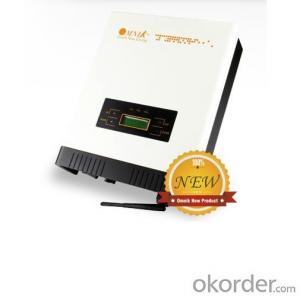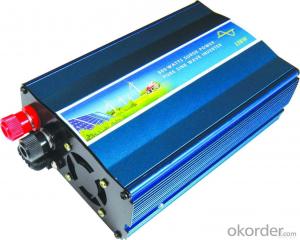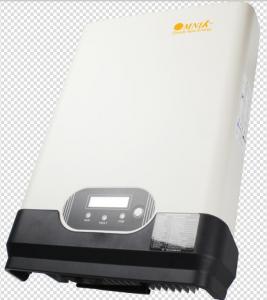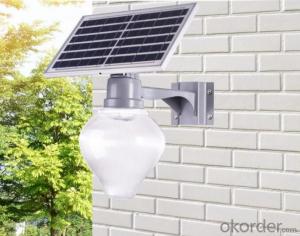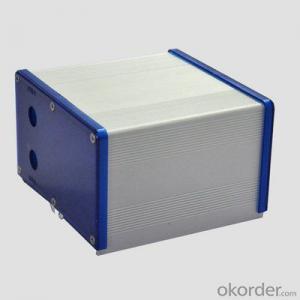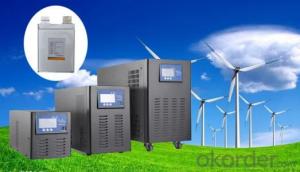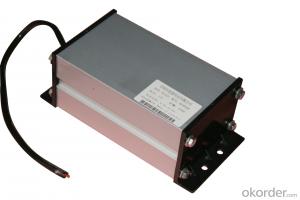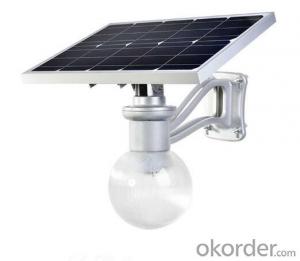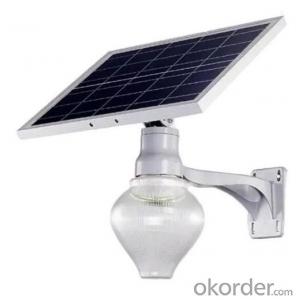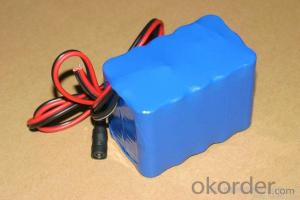Infineon Solar Inverter
Infineon Solar Inverter Related Searches
Inverter Solar Solar Solar Inverter Inverex Solar Inverter Intelligent Solar Inverter Solaris Solar Inverter Solar Inverter Inverter Invt Solar Inverter Inspire Solar Inverter Solar System Inverter Solar Electric Inverter Infinity Solar Inverter Inverter Solar System Solar Energy Inverter Micro Inverter Solar Infini Solar Inverter Sunshine Solar Inverter Inverter In Solar Smart Inverter Solar Power Inverter Solar Inverter Solar Cell Solar Module Inverter Sun Solar Inverter Inverter Charger Solar Solar Home Inverter Solar Smart Inverter Inverter Power Solar Inverter In Solar Energy Inverter Solar Inverter Inverter Solar Panel Solar Photovoltaic InverterInfineon Solar Inverter Supplier & Manufacturer from China
Infineon Solar Inverter is a high-quality product designed to efficiently convert solar energy into usable electrical power. These inverters play a crucial role in solar power systems, ensuring that the energy generated by solar panels is effectively utilized. They are widely used in residential, commercial, and industrial settings where solar power is harnessed to reduce reliance on traditional energy sources and promote sustainability.Infineon Solar Inverters are known for their reliability and efficiency, making them a popular choice for various applications. They are used in off-grid systems to power homes and businesses in remote areas, as well as in grid-tied systems where excess energy can be fed back into the grid. These inverters are also employed in large-scale solar farms and utility-scale projects, contributing to the global shift towards renewable energy.
Okorder.com is a reputable wholesale supplier of Infineon Solar Inverters, offering a vast inventory to cater to the needs of various customers. With a commitment to quality and customer satisfaction, Okorder.com ensures that the Infineon Solar Inverters they provide meet the highest industry standards. This makes them a trusted source for those looking to invest in solar power solutions and contribute to a greener future.
Hot Products
























